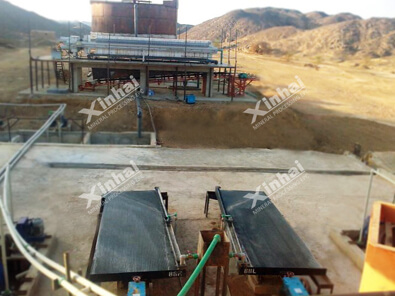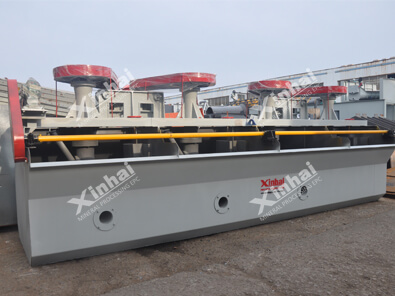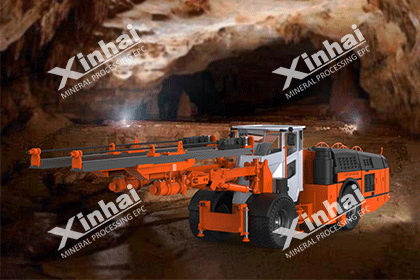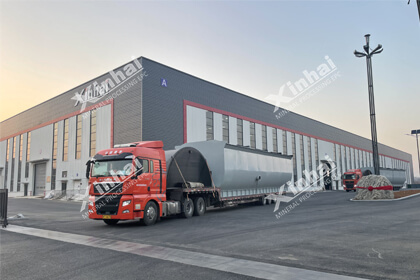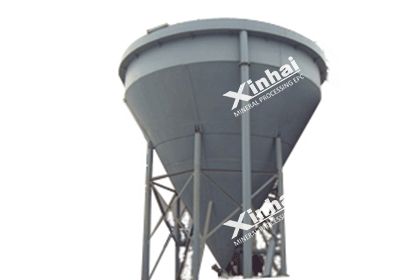Methods for Extracting Gold from Alluvial Deposits
 Laura
Laura
 Jun 14, 2023
Jun 14, 2023
 5848
5848
If you want to know more details about equipment, solutions, etc, please click the button below for free consultation, or leave your requirements!
.jpg)
( Mongolia 3 million tpa gold mine heap leaching plant )
01 Introduction
BackAlluvial deposits are sedimentary deposits that are formed by the natural action of water. They are found in riverbeds, streams, and other bodies of water. These deposits can contain a significant amount of gold, making them a valuable resource for gold mining companies and individual prospectors alike. In this blog post, we will explore the various methods used to extract gold from alluvial deposits.
02 Traditional Methods for Extracting Gold from Alluvial Deposits
Back1. Panning
Panning is one of the oldest and most traditional methods of extracting gold from alluvial deposits. It is a simple and effective method that requires minimal equipment and can be done by anyone. Panning involves using a pan to sift through sediment and water to find gold particles. The process is simple: fill the pan with sediment and water and swirl it around. The heavier gold particles will settle to the bottom of the pan, while the lighter sediment will be washed away. Panning can be a slow and labor-intensive process, but it is also one of the most effective ways to extract gold from alluvial deposits.
2. Sluicing
Sluicing is another popular method for extracting gold from alluvial deposits. It is a more efficient method than panning and can process larger amounts of sediment in a shorter time. This method involves using a long, narrow box called a sluice box. The box is filled with sediment and water, and the water is allowed to flow through the box. As the water flows, it carries the sediment and gold particles with it. The gold particles are caught in riffles, which are ridges in the bottom of the box. The sediment is washed away, leaving the gold particles behind.
3. Dredging
Dredging is a more intensive method for extracting gold from alluvial deposits. This method involves using a large machine called a dredge to remove sediment and water from the bottom of a river or stream. The dredge is equipped with a sluice box, which catches the gold particles as they are carried through the machine. Dredging can be an effective way to extract large quantities of gold, but it is also one of the most expensive methods.
03 Modern Methods for Extracting Gold from Alluvial Deposits
Back1. Gravity Separation
Gravity separation is a method of separating minerals based on their differences in density. This method is commonly used to extract gold from alluvial deposits. In this method, gold particles are separated from other minerals by their density. The process involves using a centrifugal force to separate the heavier gold particles from the lighter sediment.
More about gravity separation equipment.
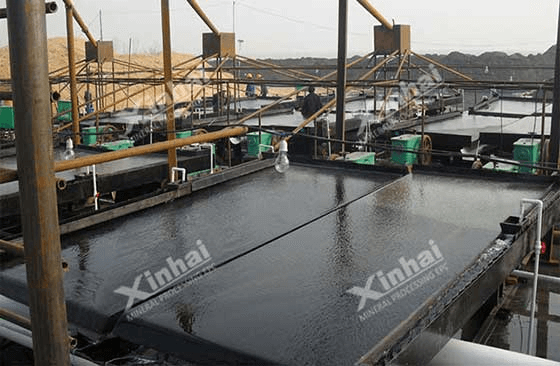
( Shaking table in alluvial gold extraction )
2. Cyanide Leaching
Cyanide leaching is a process that involves dissolving gold particles in a solution of cyanide. This method is commonly used to extract gold from alluvial deposits that are too small to be extracted by other methods. The process involves crushing the ore into a fine powder and then mixing it with a solution of cyanide. The gold particles are then leached out of the solution and collected.
More about gold leaching reagent (100% environmental-friendly; 100% replacement of sodium cyanide).
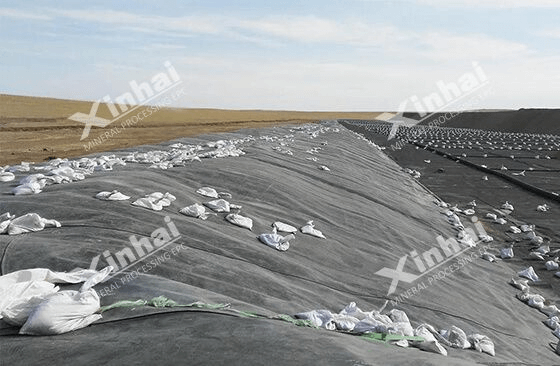
( Cyanide leaching in alluvial gold extraction )
3. Mercury Amalgamation
Mercury amalgamation is a process that involves using mercury to extract gold particles from alluvial deposits. This method is commonly used in areas where other methods are not available. The process involves mixing the gold particles with mercury, which forms an amalgam. The amalgam is then heated to vaporize the mercury, leaving behind the gold particles.
4. Electro-winning
Electro-winning is a process that involves passing an electric current through a solution of gold particles. This method is commonly used to extract gold from alluvial deposits that are too small to be extracted by other methods. The process involves dissolving the gold particles in a solution and then passing an electric current through the solution. The gold particles are then deposited onto a cathode.
More about desorption electrolysis system.
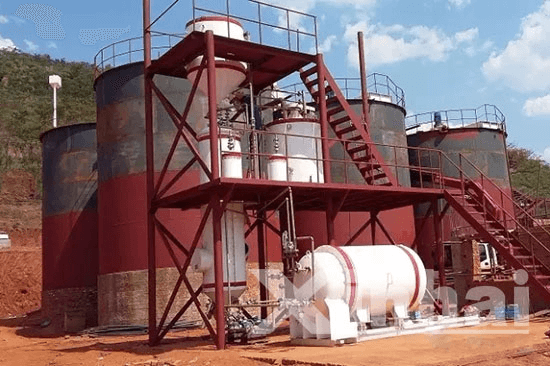
( Electro-winning in alluvial gold extraction )
5. Flotation
Flotation is a method of separating minerals based on their differences in surface properties. This method is commonly used to extract gold from alluvial deposits. In this method, gold particles are separated from other minerals by their surface properties. The process involves adding a reagent to the ore, which attaches to the gold particles. The ore is then agitated, causing the gold particles to float to the surface, where they can be collected.
More about flotation cells.
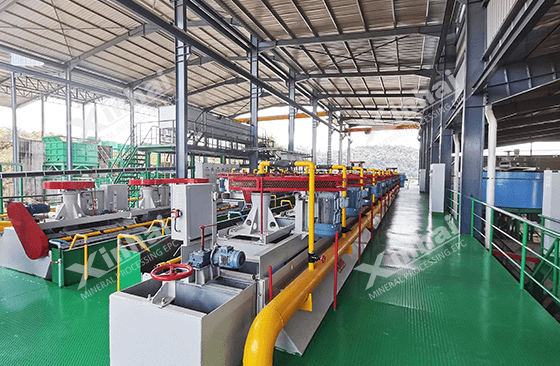
( Flotation machine in alluvial gold extraction )
04 Advantages and Disadvantages of Modern Methods
Back1. Cost
Modern methods of extracting gold from alluvial deposits can be expensive. Cyanide leaching, for example, requires a significant amount of chemicals and can be costly to implement. Electro-winning also requires a significant amount of energy, which can be expensive.
2. Environmental Impact
Modern methods of extracting gold from alluvial deposits can have a negative environmental impact. Cyanide leaching, for example, can lead to water pollution if not properly managed. Mercury amalgamation can also have a negative impact on the environment if not properly managed.
3. Efficiency
Modern methods of extracting gold from alluvial deposits are generally more efficient than traditional methods. Gravity separation, for example, can extract gold particles that are too small to be extracted by other methods. Cyanide leaching can also be more efficient than other methods, as it can extract gold particles from low-grade ores.
05 Conclusion
BackIn conclusion, there are many methods used to extract gold from alluvial deposits. Traditional methods such as panning, sluicing, and dredging are still used today, but modern methods such as gravity separation, cyanide leaching, mercury amalgamation, electro-winning, and flotation are becoming more popular. Each method has its advantages and disadvantages, and it is important to consider cost, environmental impact, and efficiency when choosing a method. As technology continues to advance, it is likely that new methods for extracting gold from alluvial deposits will be developed in the future.
Feel free to contact us and learn more about alluvial mining solutions!
 +86 183 3575 8886
+86 183 3575 8886 pinklaurabao@gmail.com
pinklaurabao@gmail.com




 Message
Message Chat Now
Chat Now


